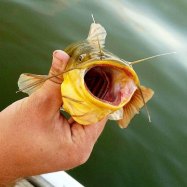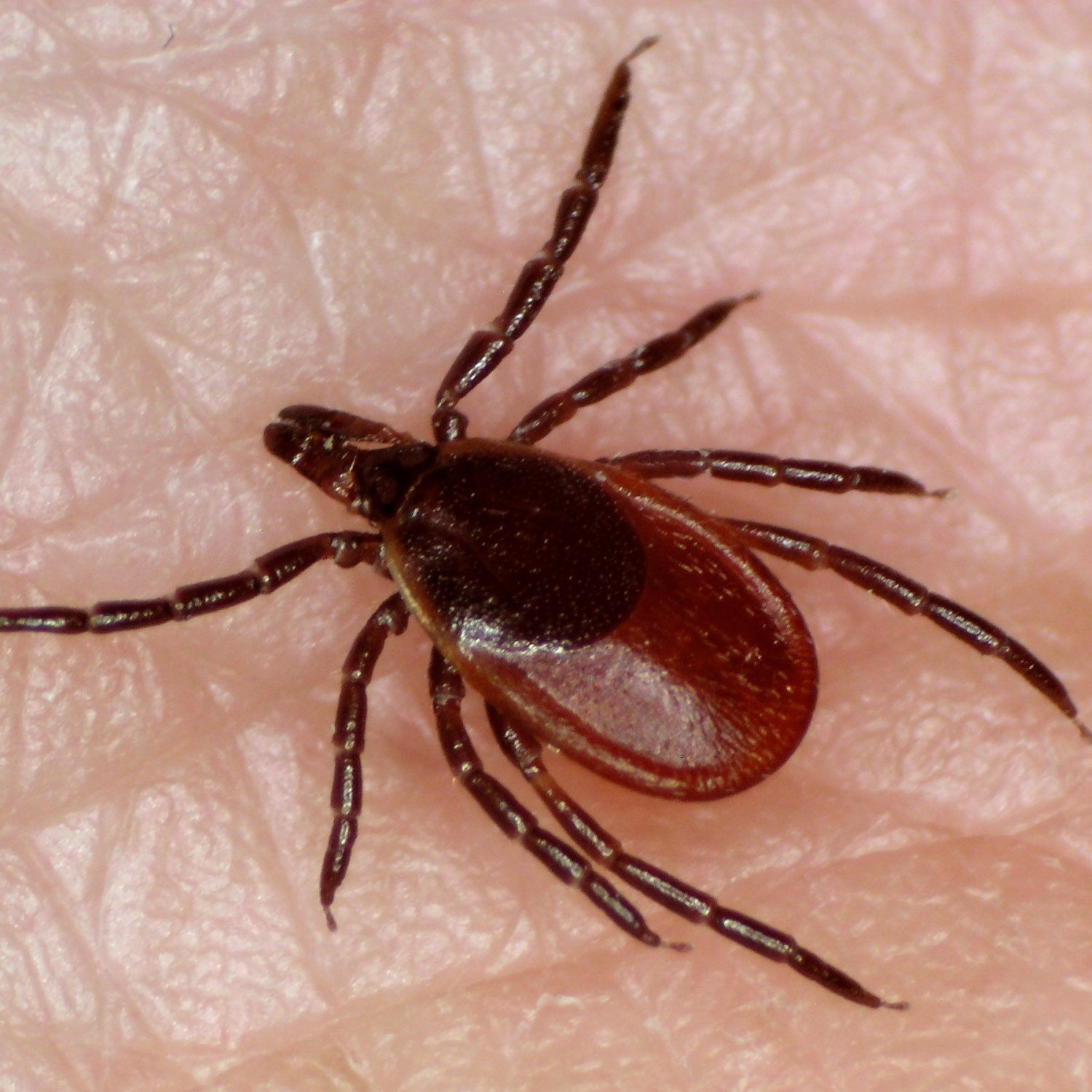
Deer Tick
1.5 to 3 mm (unfed), up to 10 mm (engorged female)
Deer ticks may be small, but don't underestimate their potential danger. These tiny bugs, measuring 1.5 to 3 mm when unfed and up to 10 mm when engorged, can transmit Lyme disease through their bites. Found in wooded areas with high humidity and plenty of mammal hosts, these ticks from the Ixodidae family have a small and flattened body shape. Make sure to protect yourself with insect repellent when venturing into their habitat. Stay safe and tick-free!
Animal Details Summary:
Common Name: Deer Tick
Kingdom: Animalia
Habitat: Forests, grasslands, and shrubs
The Deer Tick: A Parasitic Threat in North American Forests
Nestled within the lush forests and grasslands of North America lives a tiny yet powerful creature known as the deer tick. With its small and flattened body, reddish-brown coloration, and black legs, this tick may seem unassuming at first glance. However, its parasitic nature and ability to transmit diseases make it a significant threat to both animals and humans.Scientifically known as Ixodes scapularis, the deer tick belongs to the kingdom Animalia, phylum Arthropoda, and class Arachnida, making them distant relatives of spiders and scorpions Deer Tick. They are classified under the order Ixodida and the family Ixodidae, which includes other species of hard ticks. These ticks have a wide geographical distribution, with their country of origin being the United States. They can be found in wooded areas with moderate to high humidity and sufficient populations of mammalian hosts.
One of the reasons why the deer tick is such a threat is due to its feeding method. As a parasitic species, they rely on the blood of their hosts to survive. These hosts can range from small mammals like mice and deer to larger ones like dogs and humans. This broad range of hosts allows the deer tick to thrive in various environments, making it nearly impossible to eradicate.
Deer ticks have a unique life cycle consisting of four stages – egg, larvae, nymph, and adult. The female tick lays thousands of eggs that hatch into larvae within a few weeks Diamondback Moth. These larvae feed on small animals and then molt into nymphs. Nymphs are responsible for the majority of tick bites as they are small and not easily detectable. When the nymphs feed, they become engorged and molt into adult ticks. Adult female ticks are the ones responsible for transmitting diseases as they require a blood meal before laying eggs.
The deer tick's size can range from 1.5 to 3 mm when unfed, making them almost invisible to the naked eye. However, after feeding on a host, they can grow up to 10 mm in length, with the female ticks being larger than males. This size difference is due to the female's need to feed and grow to produce eggs. The adult females also have a unique feature called a scutum, which is a hard outer covering that helps them identify their hosts and protects them from harm.
One of the most significant concerns surrounding deer ticks is their ability to transmit diseases. They are known carriers of Lyme disease, which is a bacterial infection that can cause severe symptoms in humans, including fever, joint pain, and cardiac symptoms. If left untreated, Lyme disease can lead to chronic symptoms and long-term health issues. Other diseases that deer ticks can transmit include anaplasmosis, babesiosis, and Powassan virus disease.
The deer tick's geographical distribution is mainly limited to North America, with a particular focus on the northeastern and north-central regions of the United States. However, they have also been found in coastal areas of the Pacific Northwest and in pockets of the southeastern United States. Their distribution is influenced by various factors such as host populations, temperature, and humidity. Therefore, as climate change continues to affect these factors, the range of deer ticks may expand, leading to more cases of tick-borne diseases.
Due to their small size and ability to transmit diseases, deer ticks can be challenging to control. However, there are some preventive measures that individuals can take to reduce their risk of coming into contact with these ticks. These include:
- Avoid areas with high grass and leaf litter, where ticks tend to hide.
- Wear light-colored, long-sleeved shirts and pants, tucked into socks or boots when spending time outdoors.
- Use tick repellent on clothing and exposed skin.
- Perform a thorough tick check after spending time outdoors.
- Treat outdoor gear and pets with products that repel or kill ticks.
- Remove ticks immediately using tweezers to avoid the spread of diseases.
In addition to these preventive measures, there are also ongoing research and efforts to control deer tick populations. One method is the use of acaricides, which are pesticides specially designed to kill ticks. However, this method can also harm other beneficial insects and animals, making it a controversial approach. Another method is the use of host-targeted tick control, which involves targeting specific hosts to reduce tick populations. This approach has shown promising results in controlling deer ticks in certain areas.
In conclusion, the deer tick may be small, but its impact on North American forests and the health of humans and animals cannot be underestimated. Its parasitic nature and ability to transmit diseases make it a formidable threat that requires ongoing research and management efforts. As individuals, we must take preventive measures when spending time outdoors to reduce our risk of encountering these tiny yet dangerous creatures. And as our understanding of these ticks continues to grow, we must continue to find safe and effective ways to manage their populations and protect ourselves and our environment.

Deer Tick
Animal Details Deer Tick - Scientific Name: Ixodes scapularis
- Category: Animals D
- Scientific Name: Ixodes scapularis
- Common Name: Deer Tick
- Kingdom: Animalia
- Phylum: Arthropoda
- Class: Arachnida
- Order: Ixodida
- Family: Ixodidae
- Habitat: Forests, grasslands, and shrubs
- Feeding Method: Parasitic
- Geographical Distribution: North America
- Country of Origin: United States
- Location: Wooded areas with moderate to high humidity and sufficient populations of mammalian hosts
- Animal Coloration: Reddish-brown body and black legs
- Body Shape: Small and flattened
- Length: 1.5 to 3 mm (unfed), up to 10 mm (engorged female)
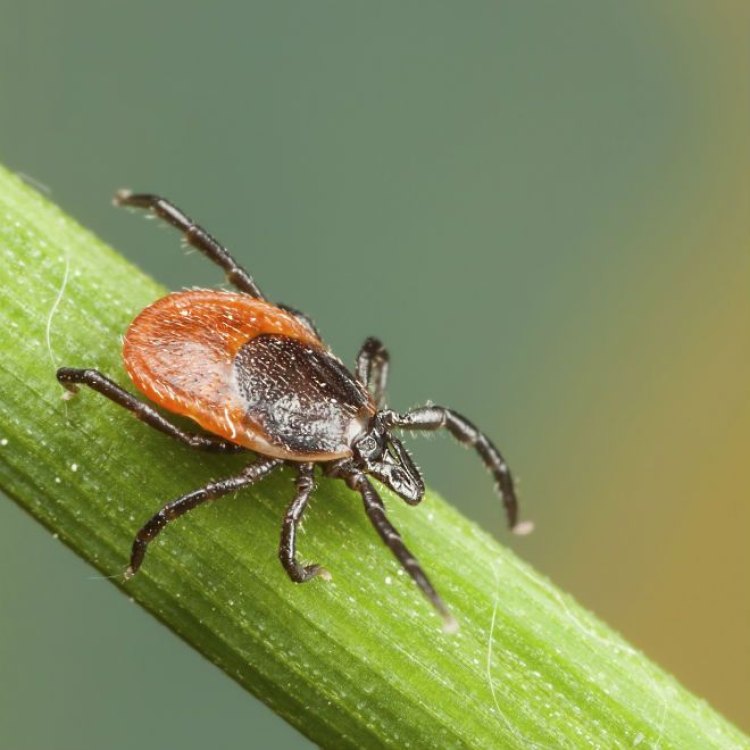
Deer Tick
- Adult Size: Up to 10 mm
- Average Lifespan: 2 to 3 years
- Reproduction: Sexual
- Reproductive Behavior: Mating occurs on the host animal
- Sound or Call: None
- Migration Pattern: Non-migratory
- Social Groups: None
- Behavior: Questing behavior to find a host
- Threats: Carry and transmit several diseases, including Lyme disease
- Conservation Status: Not evaluated
- Impact on Ecosystem: Can affect wildlife populations by transmitting diseases
- Human Use: None
- Distinctive Features: Hard exoskeleton and mouthparts adapted for blood feeding
- Interesting Facts: Deer ticks are the primary vector for Lyme disease in North America
- Predator: None
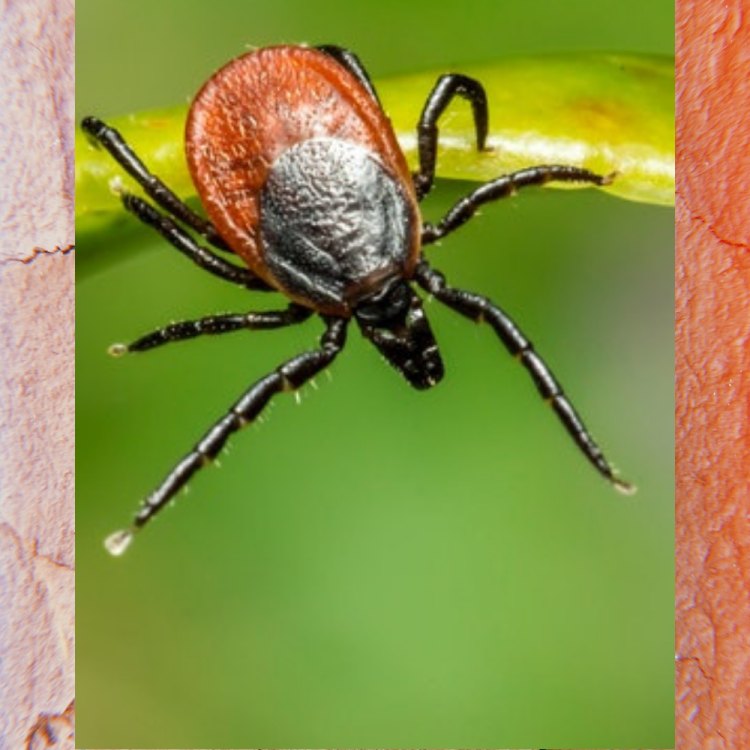
Ixodes scapularis
The Mighty Deer Tick: A Small but Dangerous Creature
The world is full of fascinating and diverse creatures, big and small. Among them is the deer tick, a tiny arthropod that may seem insignificant but has the potential to cause a major impact on both humans and wildlife. With a size of just 10 mm, the deer tick may not seem like a big threat, but its ability to carry and transmit diseases makes it a dangerous creature to be reckoned with.So, what exactly is a deer tick and what makes it unique? Let's delve deeper into the mysterious world of this tiny, yet powerful creature PeaceOfAnimals.Com.
A Closer Look at the Deer Tick
Scientifically known as Ixodes scapularis, the deer tick belongs to the class Arachnida, which includes spiders and scorpions. They are commonly found in North America, particularly in the eastern and central parts of the continent, as well as in some parts of Canada. These ticks can also be found in some parts of Europe and Asia.Deer ticks are categorized as adult ticks and nymphs. While adult deer ticks can grow up to 10 mm in size, nymphs are significantly smaller, usually around 2-3 mm. Both adult ticks and nymphs are known for their hard exoskeleton and distinct mouthparts, which are adapted for blood feeding.
The average lifespan of a deer tick is 2-3 years, with adults living longer than nymphs. However, this lifespan can vary depending on environmental conditions. For instance, ticks living in warmer climates tend to have a shorter lifespan compared to those in cooler climates Downy Woodpecker.
Reproduction and Behavior
Deer ticks exhibit sexual reproduction, with mating occurring on the host animal. Upon finding a potential mate, male and female deer ticks engage in a mating ritual, which can last up to several hours. Once mating is complete, the female tick can produce thousands of eggs, laying them on the ground in a safe location.When it comes to behavior, deer ticks are known for their questing behavior. This involves climbing onto a blade of grass, leaf, or other vegetation and extending their front legs, waiting for a potential host to pass by. This behavior enables them to find hosts, which can be a variety of animals, including deer, rodents, birds, and even humans.
One interesting fact about deer ticks is that they do not produce any sound or call. Instead, they rely on their senses and behavior to find a host.
Impact on Ecosystem and Humans
Deer ticks may be small, but their impact on the ecosystem and humans cannot be ignored. As mentioned earlier, these ticks are known to carry and transmit several diseases, including Lyme disease, which is a potentially serious illness that can affect the skin, joints, heart, and nervous system.Lyme disease is particularly prevalent in North America, where deer ticks are the primary vector for this illness. When a deer tick bites a human, it can transmit the bacteria responsible for Lyme disease to its host, which can lead to infection and illness.
Apart from humans, deer ticks also pose a threat to wildlife populations. With their ability to transmit diseases, these tiny ticks can affect the health of various animals, including deer, rodents, and birds. This can have a significant impact on the ecosystem, leading to a decline in certain species' populations.
Conservation Status
Despite their potential impact on human health and wildlife, deer ticks are not listed as endangered or threatened species. In fact, they have not been evaluated for conservation status by the International Union for Conservation of Nature (IUCN). However, there is ongoing research on the potential environmental impact of these tiny creatures.Preventing Tick Bites and Disease Transmission
With the potential threat of Lyme disease and other tick-borne illnesses, it is essential to take precautions to prevent tick bites and disease transmission. Here are some tips to keep in mind:- Try to avoid walking through areas with tall grass and vegetation.
- Wear long-sleeved shirts, pants, and closed-toe shoes when venturing into tick-prone areas.
- Use insect repellent containing DEET or picaridin on exposed skin.
- Check your body and clothing for ticks after spending time outdoors.
- If you find a tick attached to your skin, remove it carefully with tweezers.
- Consult a healthcare professional if you experience symptoms of Lyme disease, such as rash, fever, headache, and fatigue.
Taking these precautions can help protect you and your loved ones from tick bites and the potential transmission of tick-borne diseases.
In Conclusion
The deer tick may be a small creature, but its impact cannot be underestimated. With their hard exoskeleton, unique behavior, and ability to transmit diseases, these tiny arthropods can cause significant harm to both humans and wildlife. However, with proper precautions and awareness, we can coexist with these creatures and mitigate their potential effects.Next time you come across a blade of grass with a tick waiting for its next host, remember the mighty deer tick and its fascinating yet dangerous nature. It's a reminder that we must take necessary measures to protect ourselves and the environment from these seemingly insignificant creatures.
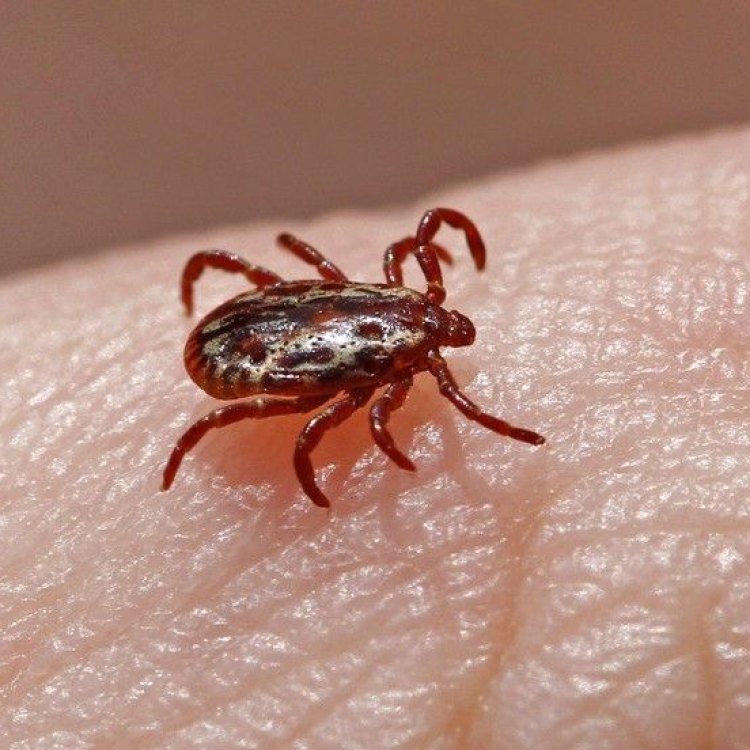
The Deer Tick: A Parasitic Threat in North American Forests
Disclaimer: The content provided is for informational purposes only. We cannot guarantee the accuracy of the information on this page 100%. All information provided here may change without prior notice.




